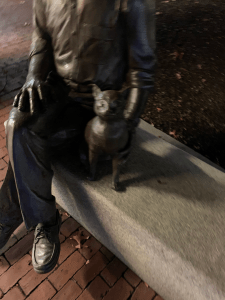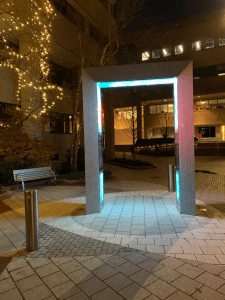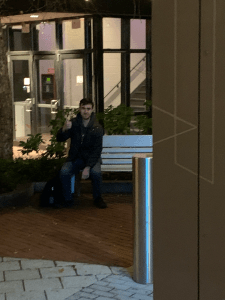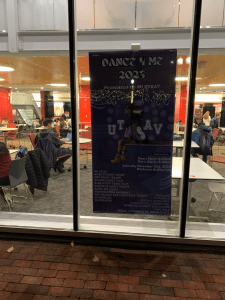Artist’s Statement
Admittedly, this is a game I’ve wanted to make for a little while, and I kind of used this assignment as a way to get myself to get started on it. I was pondering a general theme of the future, and how we have no idea where it might take us. I wanted to try and explore multiple facets of that theme through my story, which is what led me to come up with the characters of Marilyn and Bhrugu (see the attached Design Doc). They both represent entirely different unhealthy ways of coping with the future’s unpredictability; giving up on life, and trying to control everything.
Once I had my story and themes, I went to try and create gameplay that fits them well. I ended up with a Roguelite-style Tactical RPG where you have a lot of free rein in customizing your character (in preparing for future challenges), but are always at the mercy of RNG in actual fights (still have no control over your future).
In terms of the kind of game and story I’m going for, Everyquest’s main inspiration is definitely the Persona series, though I’ll admit to there also being a little bit of Deltarune and Omori in there too. In terms of the Battle System, the main inspiration is Mario and Rabbids: Kingdom Battle.
In the end, I ran into a time crunch with the demo, and having to make it during finals week. So, I ended up having to go with a very simple demo, with no UI elements, and…let’s just call it avant-garde enemy design (in my defense, I did have a squirrel model I found online, but Unity was refusing to behave when I tried to load it in, and this had to be enough). In the demo, I showcase a simple randomly-generated overworld, and a single battle, both of which are explained in detail in the design doc.








